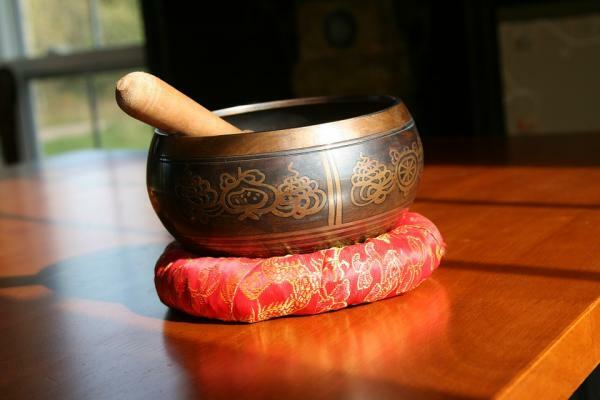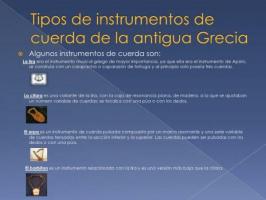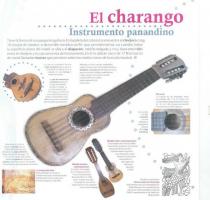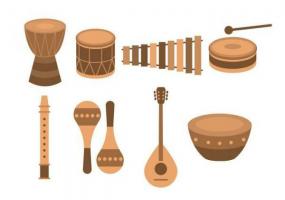ASIA MAJOR MUSICAL INSTRUMENTS
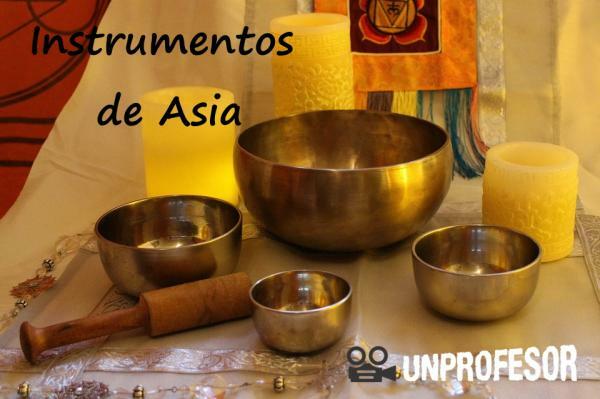
One of the greatest treasures of humanity is the fact that there are so many differences and variety in all terms of life. Diversity is an opportunity to discover unknown elements or come to understand ideas from a point of view that we could never have imagined. In art, diversity is essential for evolution and the creation of new works, since we see each other influenced by different cultures and ideologies that come from different places, as well as times in the story.
Finally, it must be said that music and instruments open up new opportunities for us by exploring the sounds that we can produce. In this lesson from a TEACHER we will talk about the various Asian musical instruments.
Asia is the largest continent in the world and it is also the most populated, with almost 70% of the world's population. Historically it is very rich since some of the oldest civilizations developed there. It is not surprising then that due to its great territorial extension, Asia has a immense diversity of cultures and, therefore, of the development of music and its instruments.
Even so, because of how history has developed, Western music came to displace music in popularity in Asia, especially the evolution of the classical music in Europe. Most of the musical theory and system that we know is a legacy of the settled in Europe, including scales, shapes, harmonic progressions and of course musical instruments.
Even so, some elements of Asia have managed to seep into Western music, such as the pentatonic scale that clearly influenced the compositions of expressionist composers such as Debussy and Ravel. Without going very far in time, globalization has led to the inclusion of some instruments of Asian origin in popular music, such as the Gong in the symphony orchestra, or in the British band of the Beatles, who included the Sitar (Indian string instrument) on album Rubber Soul.
Having established that the cultural diversity in Asia is sufficient, it can be said that we could find the equivalent amount in a variety of musical instruments. Similarly, we find similar instruments but with different versions depending on their origin. Next we will talk about the most popular and / or the most curious.
The wind instruments in Asia, the most prominent are:
- Shehnai (India and Pakistan): It is a double reed instrument whose sound is related to well-being. Because of this, it is used for ceremonies such as marriage, religious processions and in temples.
- Shakuhachi (Japan): It is a vertical flute made of bamboo. Its sound is very sweet and is traditionally used for relaxation and meditation in the branch of Zen Buddhism.
- Saenghwan (Korea): It is a curious instrument made up of 17 bamboo tubes that have a metal piece embedded inside, many describe it as a miniature organ. The Saenghwan is a rare instrument and very few musicians know how to play it.
- Bansuri (India and Pakistan): Is a flute made of bamboo that is played horizontally and has 6 or 7 finger holes. Its provenance is very old and can be found named in Sanskrit and Buddhist texts.
- Nadaswaram (India): It is a double reed instrument similar to the Shehnai, but much longer. Its origin lies in the south of India and it is considered one of the loudest instruments in volume intensity considering that it is not a brass instrument category.
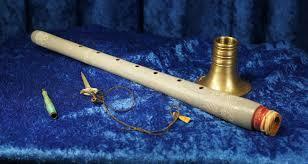
- Tibetan bowl (Nepal, China): It is shaped like a wide-walled metal container. It has an additional piece of thick wood that is used to hit the edges and rub it in a circular way to prolong the vibration. They come in various sizes and their use is mainly for meditation.
- Gong (China): It is a large metal disc (originally) with slightly bent shafts and is suspended vertically by cables or ropes. It is struck with a maso in the center and its sound can be very quirky and expansive.
- Sagats or Critales (Turkey, Egypt, India): They are small cymbals designed to be held by the fingers. They are often used for dance.
- Table (India): One of the most characteristic instruments of India. They are two small iron drums with membranes. Both drums are placed on two cloth-wrapped cushions, specially made from plant fiber. Its sound is very versatile, in addition to being an instrument for accompaniment, it is also used as a soloist.
- Taiko (Japan): It means "big drum" in Japanese. It is played with thick wooden drumsticks and is usually played in ensembles (several drums). It is commonly used as an instrument for festive events and an accompaniment to traditional dance.
Since we have known some of so many curious instruments that the rest of the world and its cultures have, we can appreciate how great is the cultural richness that history has left us. Fortunately, curiosity drives us in search of new inventions, or in the study of those that already exist.
